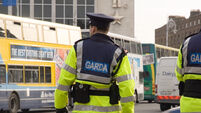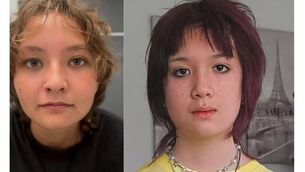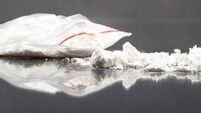Nurses and doctors 'exhausted' and 'do not feel safe at work' despite vaccine rollout

The stark reality of life on the frontlines was laid bare by nurses and doctors today, as unions told the Oireachtas health committee their members are exhausted and do not feel safe at work despite the vaccine rollout being under way.
They also warned of how this affects patients, with one union describing a “tsunami of missed care” ahead as much non-Covid care has been set aside for almost a year.










